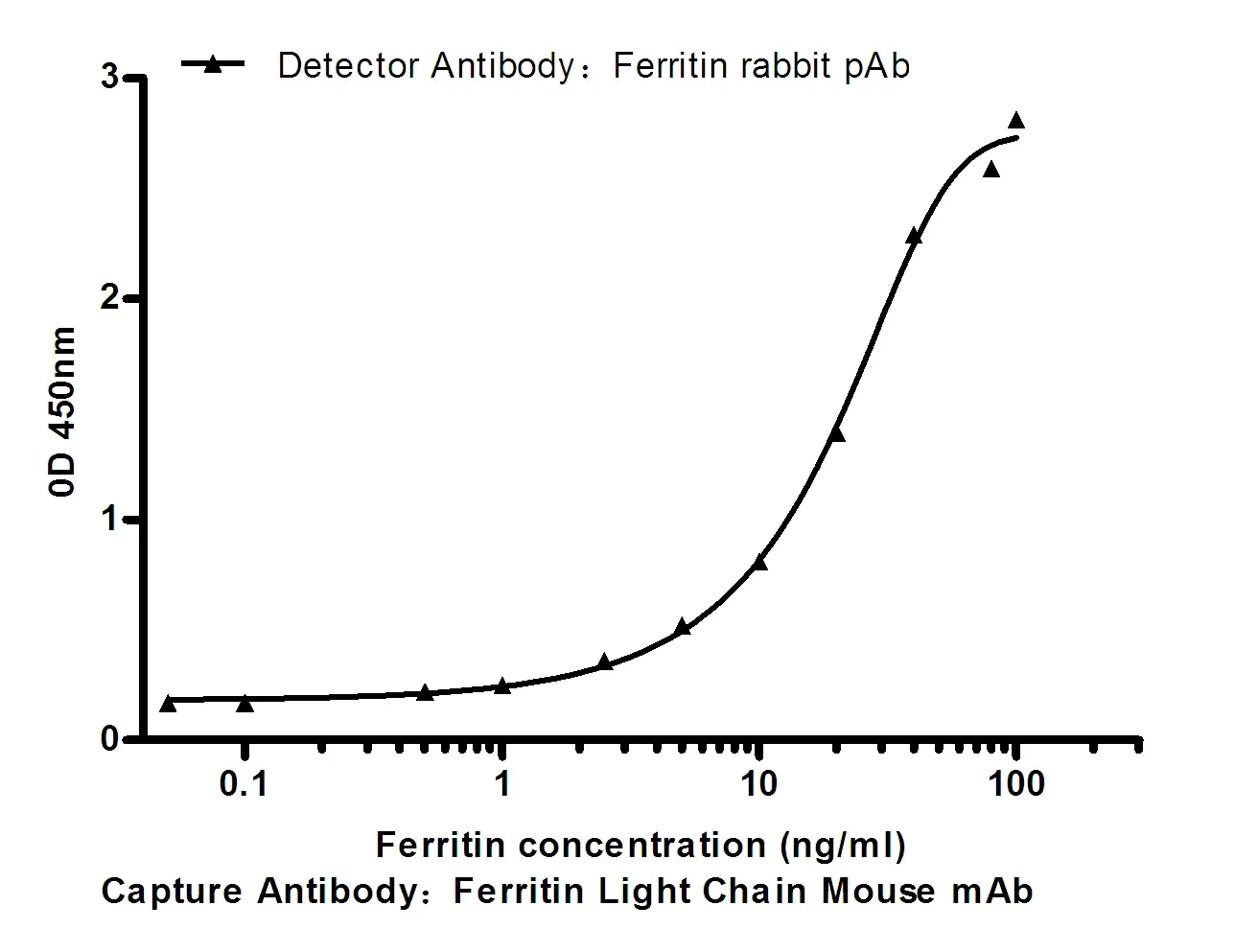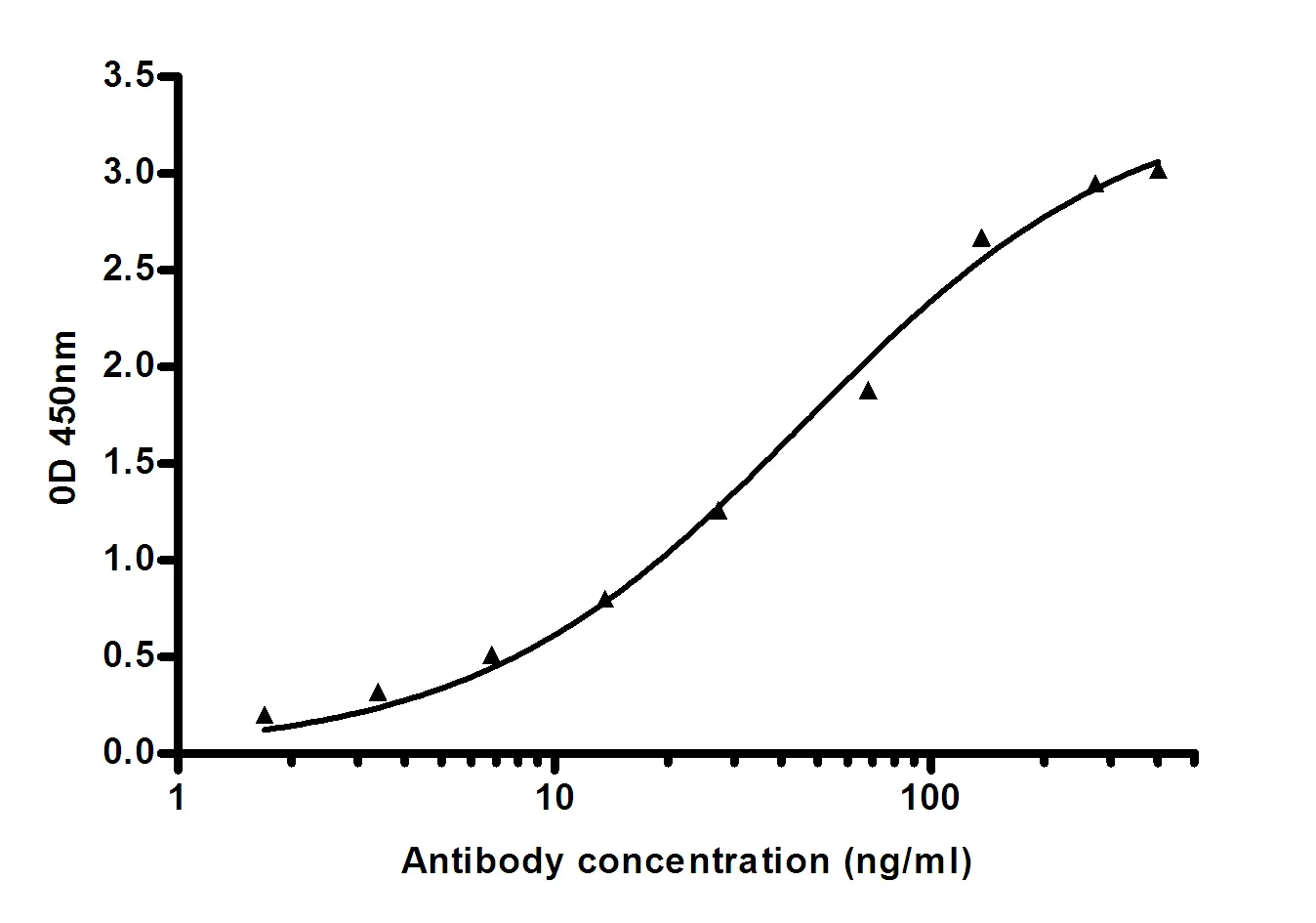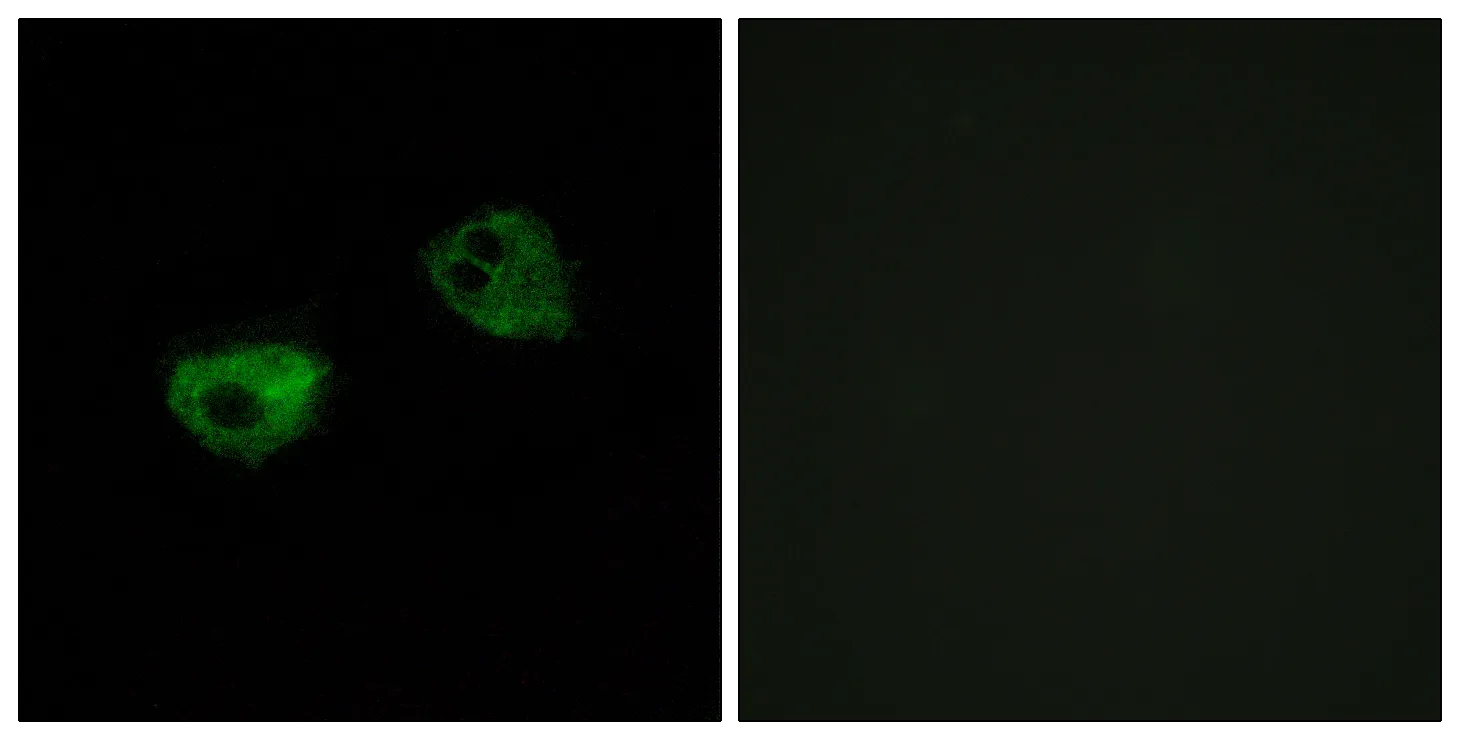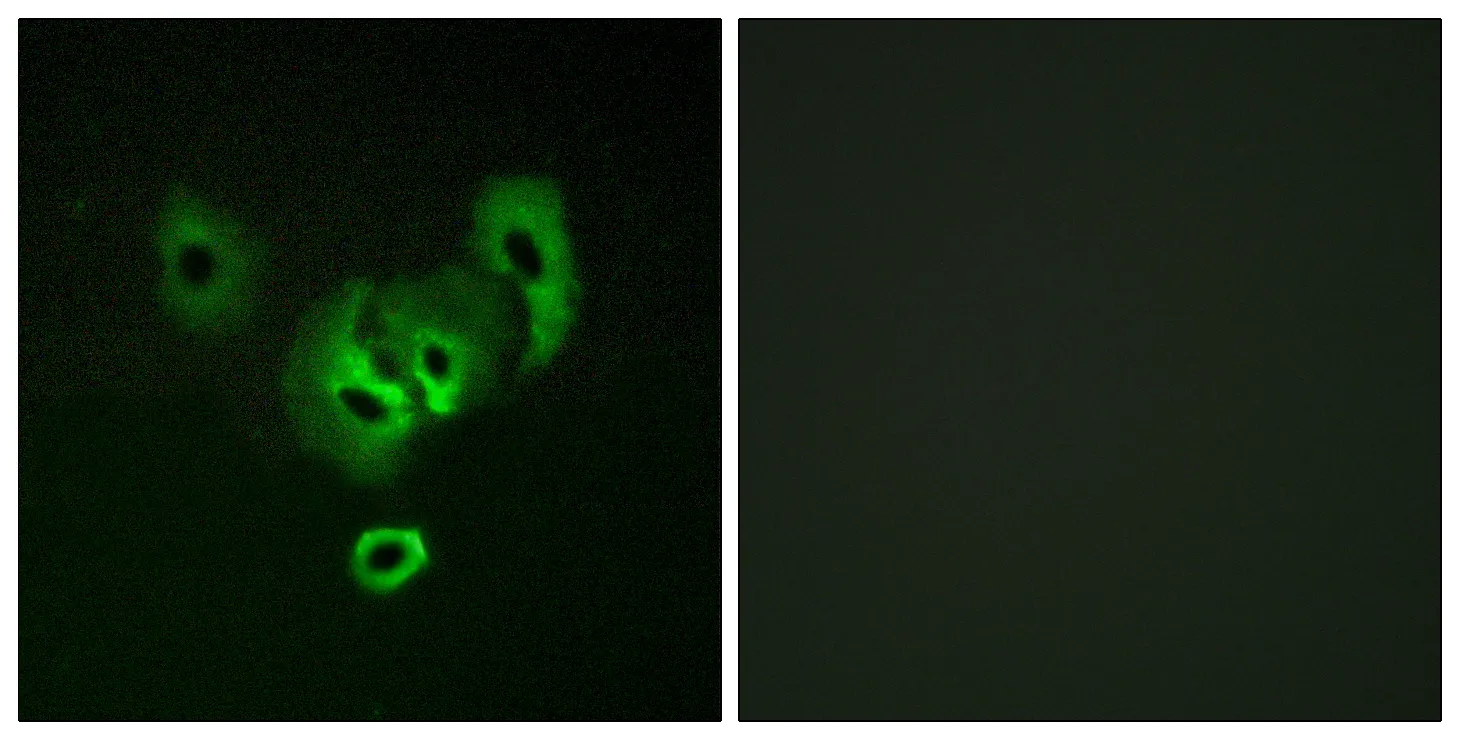Summary
Performance
Immunogen
Application
Background
This gene encodes an immunoglobulin-like cell surface protein that is expressed predominantly on plasmacytoid dendritic cells (PDCs) and modulates the function of these cells in the immune response. Expression of this gene is downregulated by interleukin 3 (IL3). This gene is one of a cluster of highly related genes located at chromosomal region 19q13.4. [provided by RefSeq, Jan 2015],function:May act as receptor for class I MHC antigens. Ligand binding leads to the activation of eosinophils and to the release of RNASE2, IL4 and leukotriene C4.,similarity:Contains 4 Ig-like C2-type (immunoglobulin-like) domains.,tissue specificity:Detected on eosinophils, neutrophils and monocytes.,
Research Area




